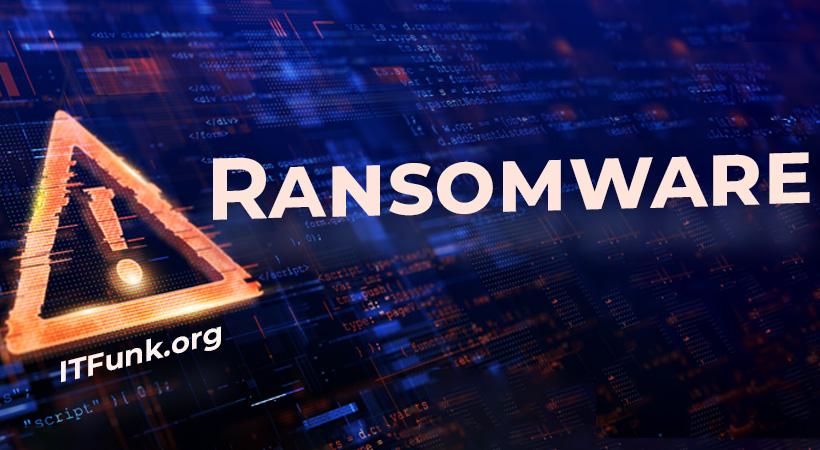In the ever-evolving landscape of cyber threats, Tisak has emerged as a formidable ransomware variant, encrypting files and leaving a digital trail of disruption. This article aims to dissect the Tisak ransomware, shedding light on its characteristics, detailing its actions and consequences, exploring detection names, drawing parallels with similar threats, providing an extensive removal guide, and suggesting best practices for fortifying against future infections.
Tisak Ransomware: A Stealthy Data Captor
Tisak, a ransomware strain identified during analyses on the VirusTotal platform, showcases its malicious prowess by encrypting files and appending the “.Tisak” extension to their names. This seemingly innocuous extension conceals a digital vice grip, rendering files inaccessible and leaving victims in a digital conundrum.
Key Characteristics:
- File Encryption: Tisak employs advanced encryption techniques to lock away files, holding them hostage until a ransom is paid.
- Ransom Note: The ransomware communicates with victims through a distinctive ransom note named “Tisak_Help.txt,” providing instructions on how to initiate contact and pay the ransom.
- Contact Details: The note specifies two email addresses, tisak1998@skiff.com and tisak1998@cyberfear.com, as channels for communication with the attackers.
The Ransom Note
The Tisak ransom note serves as a digital proclamation of the compromise, notifying victims about the encryption of their network and ESXI servers. The communication channels provided underscore the attackers’ intent to extort a ransom for the release of the compromised data. The threat of exposing data on Tor darknet sites adds a layer of urgency, pushing victims toward compliance.
Text in the ransom note:
Your Network and your ESXI servers has been Encrypted by Tisak Ransomware V3.0
Your machine Id : 6C4E6C0DD6CD8727
Contact us:
Email 1 : Tisak1998@skiff.com
Email 2 : Tisak1998@cyberfear.com
This is our communication emails :
use above ID as the title of your email
Your ESXI machine which encrypted by our Dedicated Esxi-Ransomware:
a51-esx-01
a51-esx-02
a51-esx-03
a51-esx-04
a51-esx-05
a51-esx-09
a51-esx-10
a51-esx-11
a51-esx-12
and some others by windows Versions
Your ESXI encrypted By our Uniq Linux ransomware
and also after payment you will get ESXI decryptor compatible
If you don’t pay the ransom, the data will be published on our TOR darknet sites.
Keep in mind that once your data appears on our leak site, it could be bought by your competitors at any second
so don’t hesitate for a long time.
The sooner you pay the ransom, the sooner your company will be safe.
To confirm our honest intentions.Send 2 different random files and you will get it decrypted.
It can be from different computers on your network to be sure that one key decrypts everything.
2 files we unlock for free
You will receive btc address for payment in the reply letter
Tisak
Decrypting the Cryptic Nature of Ransomware
Typically, victims confronted with ransomware face a difficult choice—utilize existing data backups, explore third-party decryption tools, or succumb to the pressure and pay the ransom. However, paying a ransom does not guarantee the retrieval of files and may inadvertently support criminal activities.
Swift removal of ransomware is imperative to prevent further damage. Ignoring this crucial step could result in the malware encrypting more files or spreading across the local network, exacerbating the scope of the compromise.
Similar Threats
Tisak is not an isolated threat; it exists within a broader landscape of ransomware variants, each presenting unique challenges. Noteworthy counterparts include ChocVM, BO Team, and Cdmx—each with its own modus operandi, yet united in their capacity to disrupt digital landscapes.
Prevention: Fortifying the Digital Ramparts
Preventing future ransomware infections necessitates a proactive approach to cybersecurity. Here are some foundational practices to fortify against the insidious incursions of threats like Tisak:
- Routine Data Backups: Regularly back up critical data to ensure that, in the event of an attack, files can be restored without succumbing to ransom demands.
- Cybersecurity Vigilance: Implement robust cybersecurity measures, including firewalls, antivirus software, and intrusion detection systems to create a resilient defense against ransomware.
- User Education: Educate users about the dangers of opening suspicious email attachments, visiting compromised websites, or downloading files from untrustworthy sources.
- Software Vigilance: Keep software and systems updated to patch vulnerabilities that ransomware might exploit for infiltration.
- Strategic Risk Mitigation: Employ email filtering solutions to identify and quarantine phishing attempts, reducing the likelihood of ransomware infiltration.
Conclusion
In conclusion, the Tisak ransomware exemplifies the persistent threat landscape faced by individuals and organizations alike. By understanding its characteristics, grasping the consequences, and adopting proactive security measures, users can navigate the treacherous waters of ransomware and fortify their digital ramparts against potential incursions. The journey towards a secure digital future demands a collective commitment to vigilance, education, and resilience.




